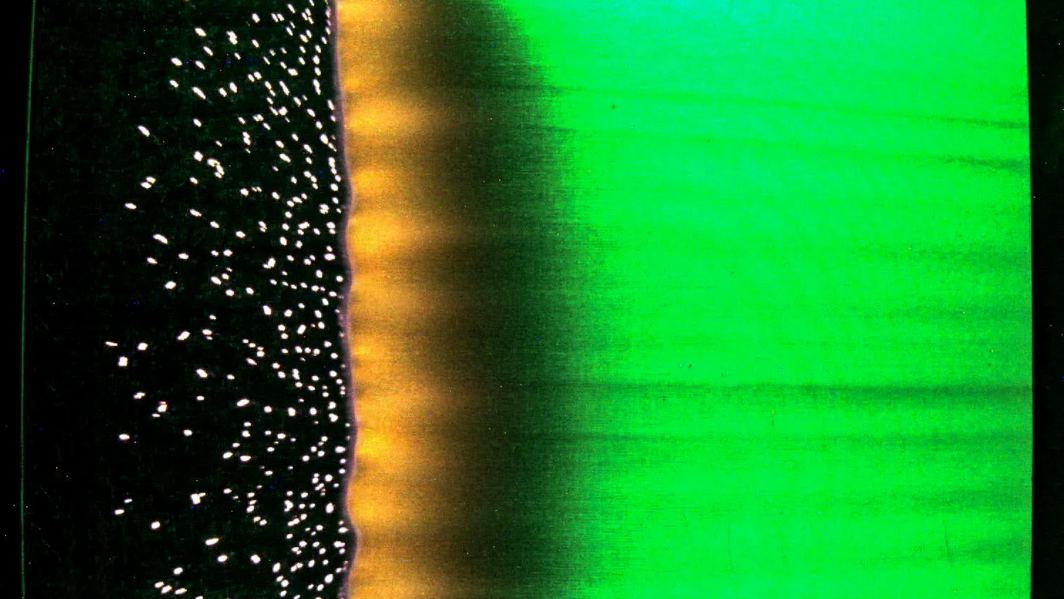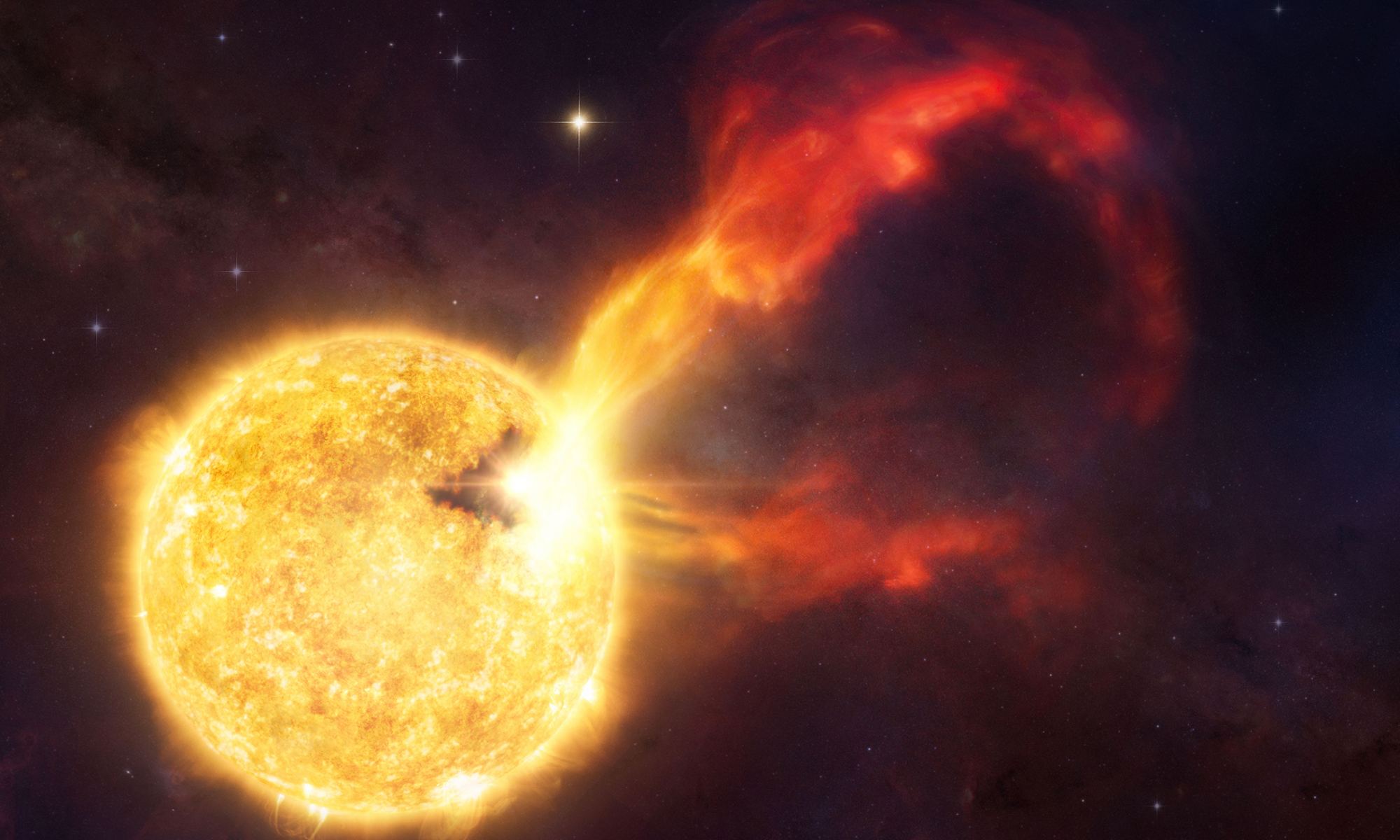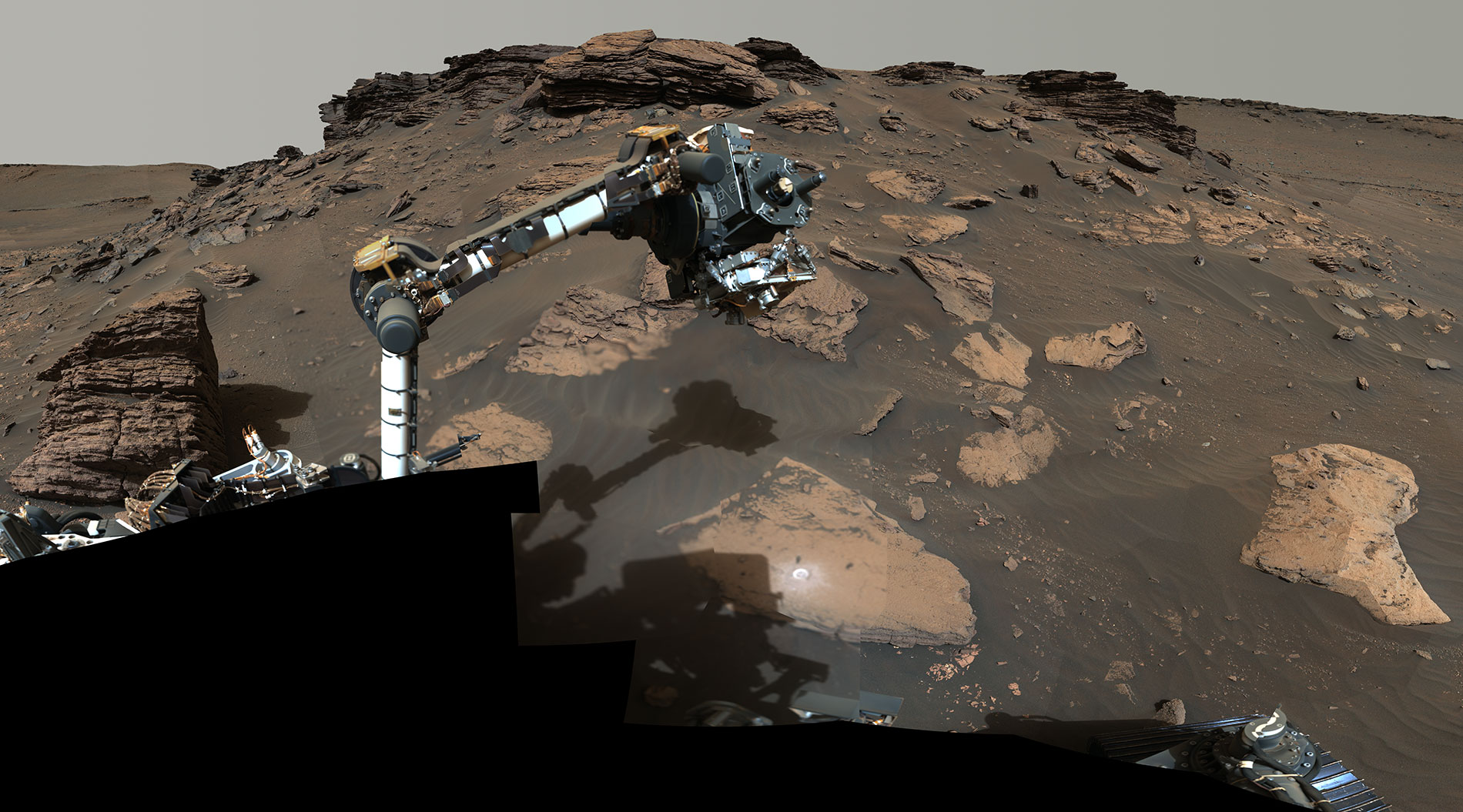Space-based solar power (SBSP) has been in the news recently, with the successful test of a solar power demonstrator in space taking place last summer. While the concept is fundamentally sound, there are plenty of hurdles to overcome if the technology is to be widely adopted – not the least of which is cost. NASA is no stranger to costly projects, though, and they recently commissioned a study from their internal Office of Technology, Policy, and Strategy that suggests how NASA could continue to support this budding idea. Most interestingly, if the technological cards are played right, SBSP could be the most carbon-efficient, lowest-cost power source for humanity by 2050.
Continue reading “New NASA Report Suggests We Could See Space-Based Power After 2050”NASA is Done Setting Fires Inside its Doomed Cargo Spacecraft

Fire on a spacecraft can be catastrophic. It can spread quickly in a confined space, and for trapped astronauts, there may be no escape. It’s fading in time now, but Apollo 1, which was to be the first crewed Apollo mission, never got off the ground because of a fire that killed the crew. There’ve been other dangerous spacecraft fires too, like the one onboard the Russian Mir space station in 1997.
In an effort to understand how fire behaves in spacecraft, NASA began its Saffire (Spacecraft Fire Safety Experiment) in 2016. Saffire was an eight-year, six-mission effort to study how fire behaves in space. The final Saffire test was completed on January 9th.
Continue reading “NASA is Done Setting Fires Inside its Doomed Cargo Spacecraft”Euclid Begins its 6-Year Survey of the Dark Universe
On July 1, 2023, the Euclid Spacecraft launched with a clear mission: to map the dark and distant Universe. To achieve that goal, over the next 6 years, Euclid will make 40,000 observations of the sky beyond the Milky Way. From this data astronomers will be able to map the positions of billions of galaxies, allowing astronomers to observe the effects of dark matter.
Continue reading “Euclid Begins its 6-Year Survey of the Dark Universe”OSIRIS-REx’s Final Haul: 121.6 Grams from Asteroid Bennu

After several months of meticulous, careful work, NASA has the final total for their haul of asteroidal material from the OSIRIS-REx mission to Bennu. The highly successful mission successfully collected 121.6 grams, or almost 4.3 ounces, of rock and dust. It won’t be long before scientists get their hands on these samples and start analyzing them.
Continue reading “OSIRIS-REx’s Final Haul: 121.6 Grams from Asteroid Bennu”Even Stars Like the Sun Can Unleash Savage Flares in Their Youth

Why would a young Sun-like star suddenly belch out a hugely bright flare? That’s what astronomers at Harvard Smithsonian Astrophysical Observatory want to know after they spotted such an outburst using a sensitive submillimeter-wave telescope. According to Joshua Bennett Lovell, leader of a team that observed the star’s activity, these kinds of flare events are rare in such young stars, particularly at millimeter wavelengths. So, what’s happening there?
Continue reading “Even Stars Like the Sun Can Unleash Savage Flares in Their Youth”Ground-Based Lasers Could Accelerate Spacecraft to Other Stars

The future of space exploration includes some rather ambitious plans to send missions farther from Earth than ever before. Beyond the current proposals for building infrastructure in cis-lunar space and sending regular crewed missions to the Moon and Mars, there are also plans to send robotic missions to the outer Solar System, to the focal length of our Sun’s gravitational lens, and even to the nearest stars to explore exoplanets. Accomplishing these goals requires next-generation propulsion that can enable high thrust and consistent acceleration.
Focused arrays of lasers – or directed energy (DE) – and lightsails are a means that is being investigated extensively – such as Breakthrough Starshot and Swarming Proxima Centauri. Beyond these proposals, a team from McGill University in Montreal has proposed a new type of directed energy propulsion system for exploring the Solar System. In a recent paper, the team shared the early results of their Laser-Thermal Propulsion (LTP) thruster facility, which suggests that the technology has the potential to provide both high thrust and specific impulse for interstellar missions.
Continue reading “Ground-Based Lasers Could Accelerate Spacecraft to Other Stars”Even if We Can’t See the First Stars, We Could Detect Their Impact on the First Galaxies

For a long time, our understanding of the Universe’s first galaxies leaned heavily on theory. The light from that age only reached us after travelling for billions of years, and on the way, it was obscured and stretched into the infrared. Clues about the first galaxies are hidden in that messy light. Now that we have the James Webb Space Telescope and its powerful infrared capabilities, we’ve seen further into the past—and with more clarity—than ever before.
The JWST has imaged some of the very first galaxies, leading to a flood of new insights and challenging questions. But it can’t see individual stars.
How can astronomers detect their impact on the Universe’s first galaxies?
Continue reading “Even if We Can’t See the First Stars, We Could Detect Their Impact on the First Galaxies”Another Clue Into the True Nature of Fast Radio Bursts
Fast radio bursts (FRBs) are strange events. They can last only milliseconds, but during that time can outshine a galaxy. Some FRBs are repeaters, meaning that they can occur more than once from the same location, while others seem to occur just once. We still aren’t entirely sure what causes them, or even if the two types have the same cause. But thanks to a collaboration of observations from ground-based radio telescopes and space-based X-ray observatories, we are starting to figure FRBs out.
Continue reading “Another Clue Into the True Nature of Fast Radio Bursts”NASA is Trying to Fix a Problem With one of Perseverance's Instruments

There’s a problem with the Perseverance rover. One of its instruments, the laser-shooting SHERLOC, which is mounted on the end of the robotic arm, has a dust cover that is supposed to protect the instrument when it’s not in use. Unfortunately, the cover has been stuck open, and that can allow dust to collect on the sensitive optics. The cover is partially open, so the rover can’t use its laser on rock targets or collect mineral spectroscopy data. NASA engineers are investigating the problem and are hoping to devise a solution.
Continue reading “NASA is Trying to Fix a Problem With one of Perseverance's Instruments”Intuitive Machines’ Odysseus Lander Begins Its Moon Odyssey

Now it’s Intuitive Machines’ turn to try making history with a robotic moon landing.
Today’s launch of the Houston-based company’s Odysseus lander marks the first step in an eight-day journey that could lead to the first-ever soft landing of a commercial spacecraft on the moon. Odysseus would also be the first U.S.-built spacecraft to touch down safely on the lunar surface since Apollo 17’s mission in 1972.
The lander — which is as big as an old-fashioned British phone booth, or the Tardis time portal from the “Doctor Who” TV series — was sent spaceward from Launch Complex 39A at NASA’s Kennedy Space Center atop a SpaceX Falcon 9 rocket at 1:05 a.m. ET (0605 UTC).
Continue reading “Intuitive Machines’ Odysseus Lander Begins Its Moon Odyssey”


